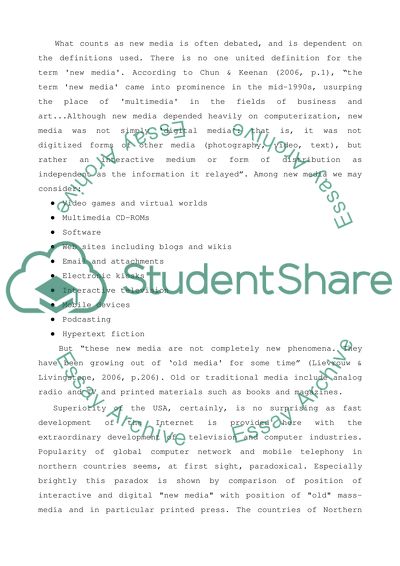Cite this document
(“American Advertising Federation Research Proposal”, n.d.)
American Advertising Federation Research Proposal. Retrieved from https://studentshare.org/media/1521110-new-media-essay
American Advertising Federation Research Proposal. Retrieved from https://studentshare.org/media/1521110-new-media-essay
(American Advertising Federation Research Proposal)
American Advertising Federation Research Proposal. https://studentshare.org/media/1521110-new-media-essay.
American Advertising Federation Research Proposal. https://studentshare.org/media/1521110-new-media-essay.
“American Advertising Federation Research Proposal”, n.d. https://studentshare.org/media/1521110-new-media-essay.


